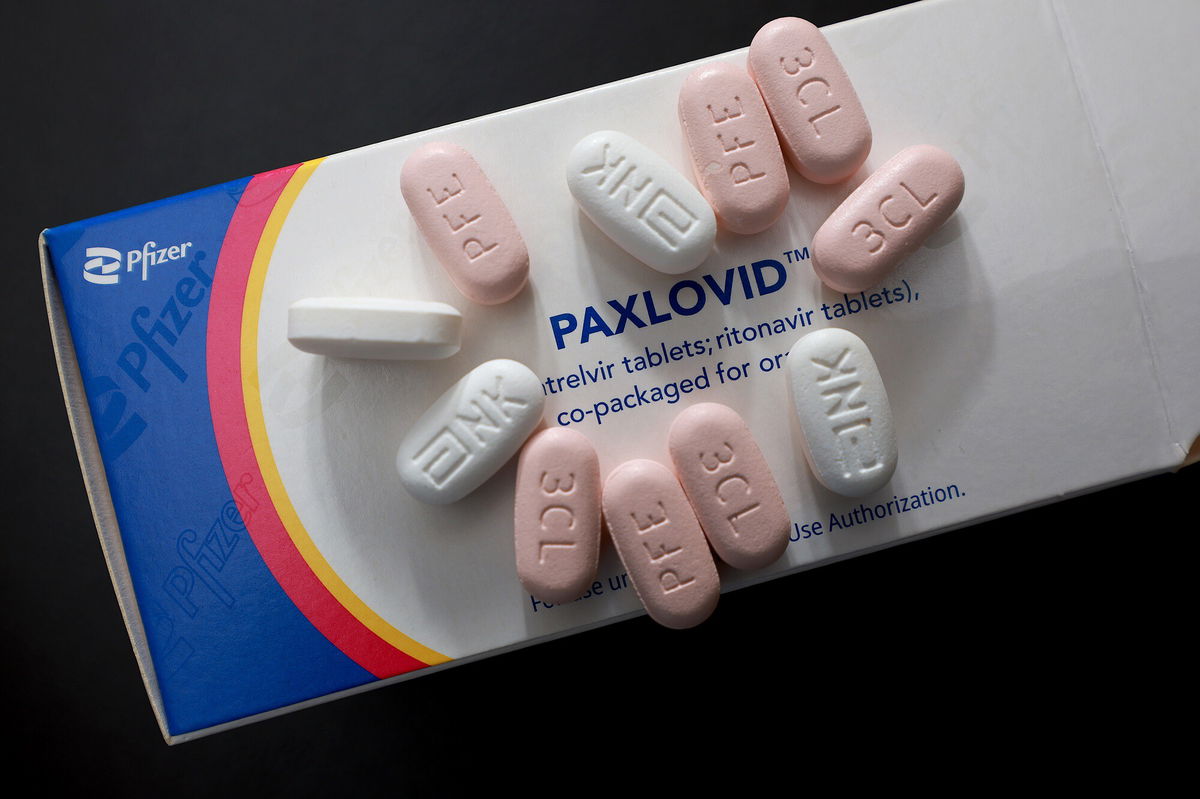People of color less likely to receive Paxlovid and other Covid-19 treatments, according to CDC study

A new study finds people of color -- especially Black and Hispanic people -- were less likely to receive Paxlovid and other Covid-19 treatments.
By Deidre McPhillips, CNN
People of color — especially Black and Hispanic people — were less likely to receive Paxlovid and other Covid-19 treatments, according to a study published Thursday by the US Centers for Disease Control and Prevention.
Throughout the pandemic, Black and Hispanic people have been about two times more likely than White people to be hospitalized or die from Covid-19.
The new study showed Black Covid-19 patients were 36% less likely than White patients to be treated with Paxlovid, and Hispanic patients were 30% less likely than non-Hispanic patients to receive the antiviral pill.
Nearly one in three White patients were prescribed Paxlovid, compared with about one in five Black and Hispanic patients and about one in four Asian and American Indian patients.
Racial and ethnic disparities persisted within the group of immunocompromised patients and across all age groups. The largest difference was between Black and White patients age 65 to 79, where White patients were 44% more likely to receive a Paxlovid prescription.
There were also disparities in other treatments — including molnupiravir, remdesivir and bebtelovimab — but treatment were much less frequently prescribed overall.
Reasons for the disparities were not directly assessed in this study, but the researchers suggest multiple contributing factors, including disparities to access to treatment facilities.
Paxlovid can reduce risk of hospitalization or death, but it works best when used within a few days of symptoms beginning. It requires a prescription, and it’s harder for some people to reach a health care provider in a timely manner. The researchers also note the possible implications of racism or implicit bias among providers and patient distrust of the medical system based on prior negative experiences.
Back in May, the Biden administration “called on all sites dispensing oral antivirals to collect robust demographic data on individuals receiving prescriptions for COVID-19 therapeutics.” But this is the first broad look at treatment patterns by race and ethnicity.
Collecting demographic data in health care is always useful with a broader goal of making the system more equitable, experts say.
“The only way we’re going to make improvements and actually monitor progression to any interventions we make would be to measure it,” Steve Grapentine, a pediatric infectious disease pharmacist with the University of California, San Francisco and a member of the National Institutes of Health’s Covid-19 Treatment Guidelines Panel, told CNN in June.
Racial and ethnic disparities in Covid-19 vaccination rates have improved, but less than half (44%) of the Black population has completed their initial series — below the national average of 68% and less than any other racial and ethnic group, according to CDC data.
For this study, CDC researchers analyzed health records for hundreds of thousands of patients seeking treatment for Covid-19 between January and July 2022. The health care systems from which the health care records were sourced represent a small portion of the total US population and may not be nationally representative. They didn’t include data from test-to-treat sites, an initiative the federal government launched in May to help build equitable access to Covid-19 treatments.
Another CDC report found that disparities in pharmacy dispensing of oral antiviral medications between ZIP codes with high and with low social vulnerability began in the months after this study ended.
But things might change again in the coming months. A recent analysis by the Kaiser Family Foundation suggests that without additional funding or protections, the commercialization of Covid-19 preventative and countermeasures would create access barriers for vaccines, tests and therapeutics — especially for the uninsured and underinsured.
Two key anticipated changes will lead to commercialization: the end of the Public Health Emergency Declaration and the depletion of federally purchased supply. Each change creates its own challenges and taken together “may amplify access challenges,” according to the KFF analysis.
Neither has happened yet — the Public Health Emergency Declaration was just renewed for another 90 days earlier this month. But Congress has yet to act on the Biden administration’s request for billions more in funding to ensure a steady and accessible supply of countermeasures.
According to the KFF analysis, once commercialized, uninsured adults would lose access to free vaccines. But treatments and tests would face the “most acute” challenges, with cost sharing that would affect how much of the cost would be covered by insurance.
The-CNN-Wire
™ & © 2022 Cable News Network, Inc., a Warner Bros. Discovery Company. All rights reserved.